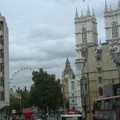的点评
well decorated
扎达尔城门的点评
点评:From the Zadar Old Town we walked towards the best-known of the gates along the walls that protects Zadar.
The Land gate was once the main entrance to the city. Located by the Foša harbor with views of the water, it was built by the Venetian architect Michele Sanmicheli in 1543 and features a huge triumphal arch and two side arches, all decorated with images of Zadar’s patron saint, Chrysogonus. The winged lion of St. Mark hovering over the central arch is a clear reminder of Venice’s long rule over Zadar, as our Local Guide told us.
The magnificent Walls actually had several entrances but this the most impressive ones (also known as City Gate, or Kopnena vrata in Croatian). A Renaissance masterpiece that come in the form of a triumphal arch with a central passage and two smaller two arches for wheeled traffic and pedestrians. The monumental lion of St. Mark above it was thee coat of arms of the Venetian Republic.
Just an interesting point - the reverse side of the Wall is very plain.
The Land gate was once the main entrance to the city. Located by the Foša harbor with views of the water, it was built by the Venetian architect Michele Sanmicheli in 1543 and features a huge triumphal arch and two side arches, all decorated with images of Zadar’s patron saint, Chrysogonus. The winged lion of St. Mark hovering over the central arch is a clear reminder of Venice’s long rule over Zadar, as our Local Guide told us.
The magnificent Walls actually had several entrances but this the most impressive ones (also known as City Gate, or Kopnena vrata in Croatian). A Renaissance masterpiece that come in the form of a triumphal arch with a central passage and two smaller two arches for wheeled traffic and pedestrians. The monumental lion of St. Mark above it was thee coat of arms of the Venetian Republic.
Just an interesting point - the reverse side of the Wall is very plain.
翻译:我们从扎达尔老城出发,沿着保护扎达尔的城墙,朝最著名的城门走去。
陆门曾经是这座城市的主要入口。它位于福沙港,可以欣赏到水景,由威尼斯建筑师 Michele Sanmicheli 于 1543 年建造,拥有一个巨大的凯旋门和两个侧拱门,都装饰着扎达尔的守护神圣克里索戈努斯的画像。正如我们的当地导游告诉我们的那样,中央拱门上方盘旋的圣马可翼狮清楚地提醒着威尼斯对扎达尔的长期统治。
宏伟的城墙实际上有几个入口,但这个是最令人印象深刻的(也称为城门,克罗地亚语为 Kopnena vrata)。这是文艺复兴时期的杰作,以凯旋门的形式出现,中央有一条通道,还有两个较小的拱门,供轮式交通和行人通行。上方巨大的圣马可狮是威尼斯共和国的国徽。
有趣的是,长城的背面非常简单。
陆门曾经是这座城市的主要入口。它位于福沙港,可以欣赏到水景,由威尼斯建筑师 Michele Sanmicheli 于 1543 年建造,拥有一个巨大的凯旋门和两个侧拱门,都装饰着扎达尔的守护神圣克里索戈努斯的画像。正如我们的当地导游告诉我们的那样,中央拱门上方盘旋的圣马可翼狮清楚地提醒着威尼斯对扎达尔的长期统治。
宏伟的城墙实际上有几个入口,但这个是最令人印象深刻的(也称为城门,克罗地亚语为 Kopnena vrata)。这是文艺复兴时期的杰作,以凯旋门的形式出现,中央有一条通道,还有两个较小的拱门,供轮式交通和行人通行。上方巨大的圣马可狮是威尼斯共和国的国徽。
有趣的是,长城的背面非常简单。

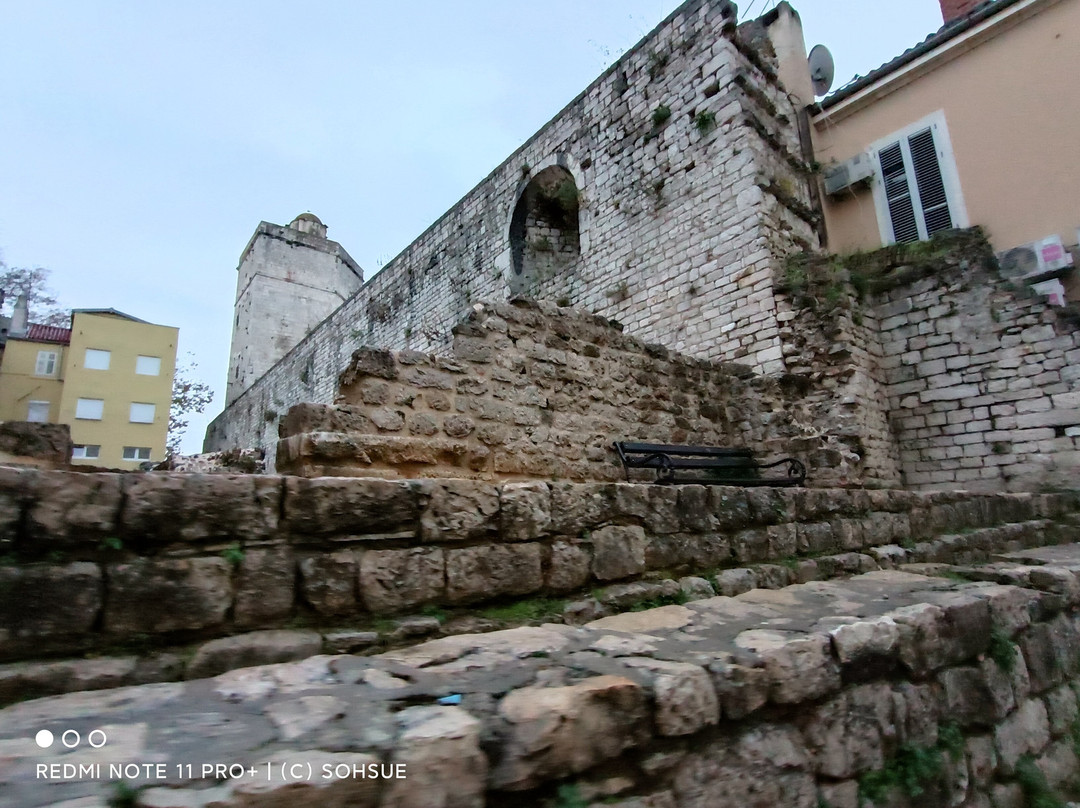

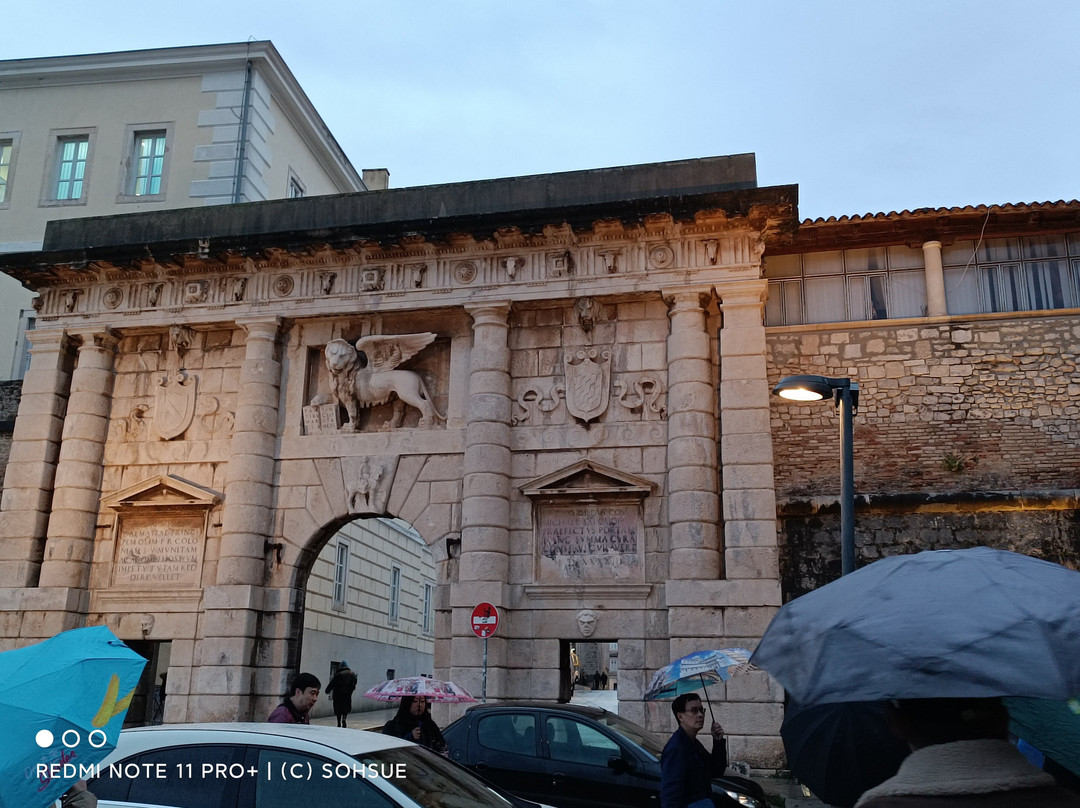
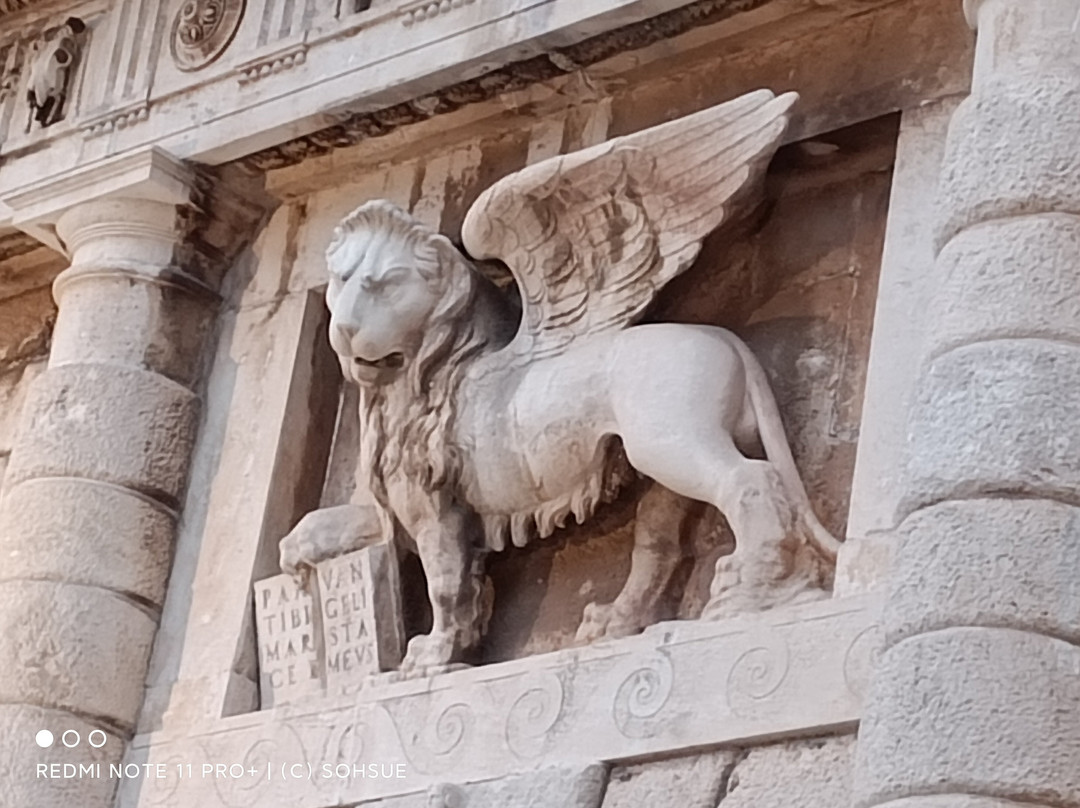
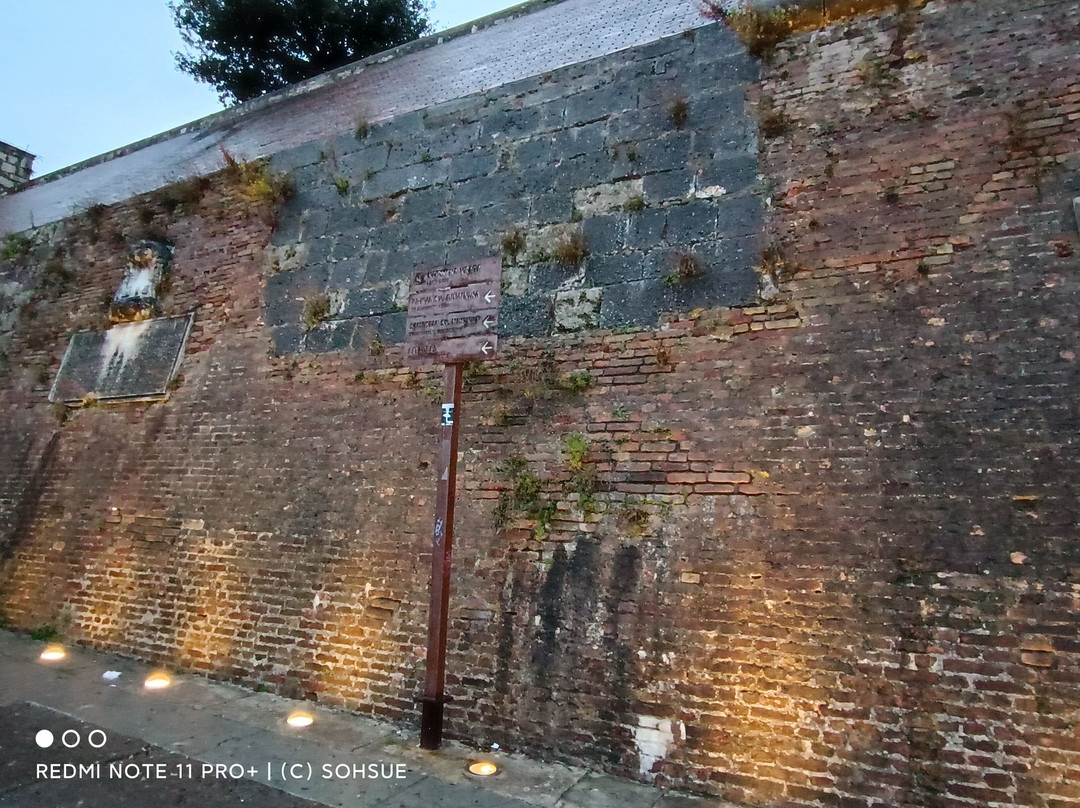
此点评仅代表旅行者个人的主观意见,并不代表TripAdvisor以及其合作方的意见。
关于我们
|
新闻动态
|
商务合作
|
会员中心
|
业主中心
|
业主通
|
常见问题
|
意见反馈
|
联系我们
|
营业执照
© 2025 Tripadvisor 版权所有。
使用条款 |隐私政策 |网站工作原理
部分照片由 VFM Leonardo 提供。
* Tripadvisor不是旅行社,也不是旅游预订服务代理商。我们提供免费、客观、公正的旅游资讯服务。 (显示更多)
TripAdvisor LLC 既不是预订代理商,也不是旅游运营商,不会向网站用户收取任何服务费。 按照规定,在 Tripadvisor 发布机票价格、游览和旅行套餐的合作伙伴(航空公司、旅行提供商及预订代理商),其标价须包含所有费用和附加费用。 例如, 机场出入境税费、消费税与其他服务费、手续费、杂费及附加费用。 当您向我们的某个合作伙伴进行预订时,请务必查阅他们的网站以了解当地行政部门要求的所有适用费用的具体情况。 除非另有说明,机票价格通常指的是一个人的价格(以人民币计)。
为方便起见,TripAdvisor LLC 根据从我们的预订合作伙伴获取的空房率计算每个酒店的均价。 对于游览和景点来说,所显示价格通常是每位成人的最低可用价格。 对于列出的任何旅行套餐或优惠,TripAdvisor LLC 无法保证任何特定的费率或价格。 此外,酒店均价每晚会更新,并以您的首选币种表示(使用现行汇率)。 由于这些已换算的价格是预估价格,因此,有关具体金额和币种请与预订网站进行核实。
此外,TripAdvisor LLC 无法保证我们网站上宣传的价格随时有效。 标价可能需要预订一定天数才能生效,或有不可用日期、使用条件或限制。
TripAdvisor公司对外部网站的内容一概不负责。优惠价格中不含税和其他费用。
ICP证:沪B2-20200433
沪ICP备20013175号
 沪公网安备31010502005427号
沪公网安备31010502005427号鹰程信息技术(上海)有限公司
货币/国家及地区
¥CNY
中国
